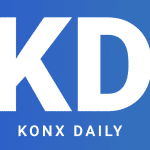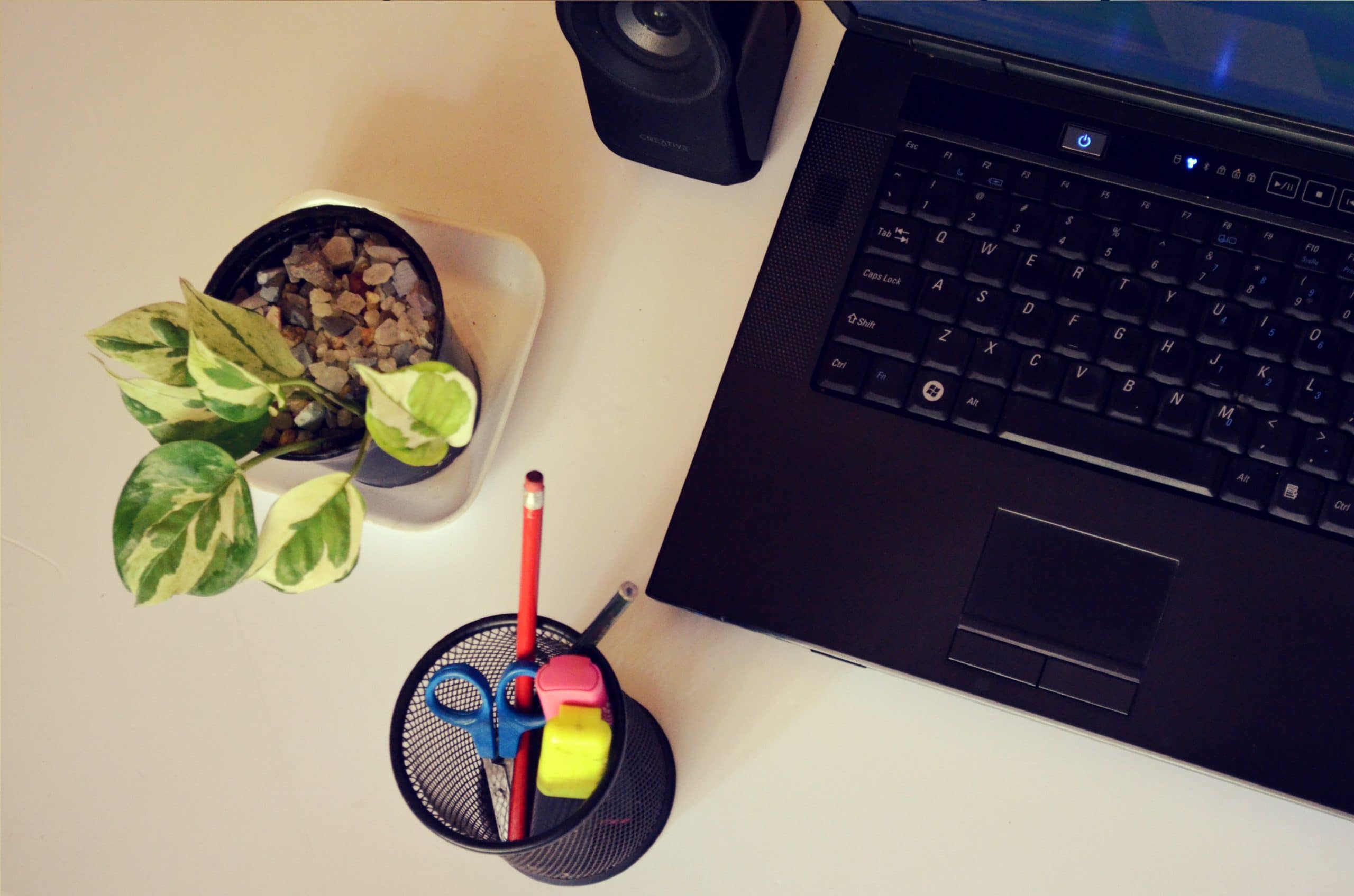Even after getting a notice for delisting, Wearable Devices Ltd. (NASD: WLDS) has increased 7.39% at $0.667 in after-hours trading hours on the most recent check Friday.
Which letter was sent to WLDS?
The Nasdaq Stock Market LLC has sent Wearable Devices (WLDS) a letter notification (the “Notice”) informing them that they are not in compliance with the Nasdaq Listing Rule 5550(a) minimum bid price requirement (2). The regulation mandates that listed stocks maintain a $1.00 minimum bid price per share. Wearable Devices have been given 180 calendar days to come back into compliance with the minimum bid price requirement under Nasdaq Listing Rule 5810(c)(3)(A).
The Nasdaq listing of WLDS or the trading of its common shares is unaffected by the Notice at this time and for the duration of the grace period, which may be extended. The Notice specifies a deadline of May 22, 2023, for WLDS to return to compliance with the minimum bid price requirement.
WLDS gave a presentation at a significant event:
The autonomous construction robots solution Spot was demonstrated last month by Wearable Devices (WLDS) at the 2022 Trimble Dimensions+ Conference, which took place in Las Vegas from November 7–9. Using neural input signals for discrete or continuous control, the operator at the conference might regulate some parts of the robot’s mobility.
A discrete-type control involves turning the wrist to move a single finger or finger touch. A continuous-type control enables the user to move the wrist while varying the pressure with the index finger on the thumb to control the robot. The robot can move in any direction and rise, sit, and stand by using these movements.
How will WLDS progress go forward?
Wearable Devices (WLDS) had the chance to show off how neurotechnology may boost safety and productivity in scenarios where autonomous robots like Spot can be used in lieu of people in potentially hazardous areas. This was possible at Trimble Dimensions+. This is but one illustration of how neural input technology may provide different sectors with a standard interface that augments human labor to boost both safety and productivity, and WLDS is in the process of investigating new options as its technology continues to acquire widespread acceptance.









